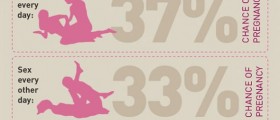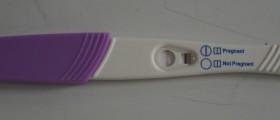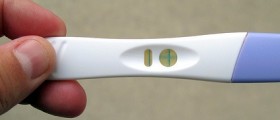
A menstrual cycle is divided into four phases and they include menstrual period, follicular phase, ovulation and luteal phase. A monthly bleeding lasts approximately 4 to 7 days. After that a woman enters a follicular phase which includes maturation of the ovum in the ovaries. Once the ovum is fully maturated it is released into the fallopian tubes. It is ready to be fertilized and if fertilization is obtained the egg is implanted in the uterus. If the implantation does not occur what follows after ovulation is luteal phase.
About Luteal Phase
Luteal phase may last from 12 to 16 days and its length generally varies form a woman to woman. It occurs after ovulation. This particular phase of the menstrual cycle is considered rather important. During luteal phase if the eggs has been fertilized it will attach to the uterine lining. The egg is normally released from the mature follicle. After the release the follicle turns into corpus luteum. This newly formed structure is in charge with production of hormone progesterone. Progesterone is essential for maintaining of the uterine lining and allows the fertilized egg to attach to the wall of the uterus. Only in case the egg is not implanted the uterine lining is removed from the uterus in a form of menstrual bleeding.
The fertilized egg has 7 to 9 days to attach properly to the uterine wall. In case luteal phase is short and lasts less than 10 days, the egg simply cannot be implanted and this is a cause of an early miscarriage. This short luteal phase is known as luteal phase defect. Luteal phase defect may be associated with inadequate development of the follicle during follicular stage or inadequate formation of the corpus luteum. Furthermore, even the uterine lining may not respond to the adequate level of progesterone produced by the corpus luteum and the egg cannot be properly implanted.
How to Calculate Luteal Phase Length
As it has already been mentioned the length of luteal phase significantly interferes in conceiving. This may be of major importance for women who have been desperately trying to conceive for a long time.
The exact length of luteal phase can be easily calculated by counting back from the day a woman's period started to the day of ovulation. But to obtain the correct number a woman must know the exact day of ovulation. The actual day of ovulation can be confirmed with ovulation kits or by keeping a track of basal body temperature. It may be hard for women with irregular menstrual cycles to determine the exact length of luteal phase. However, they may benefit from a blood test that measures the level of progesterone in the blood which is performed seven days after ovulation.
















Your thoughts on this
Loading...